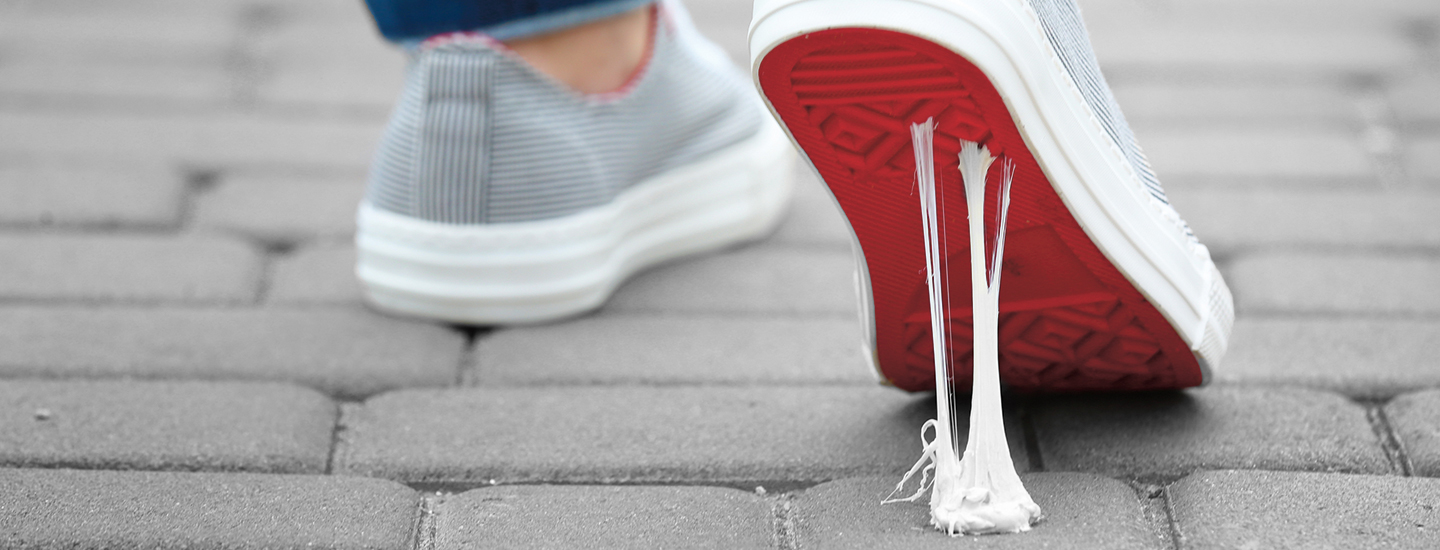REX/SHUTTERSTOCK.COM
Anna Bullus
You’re putting away your new notebooks at school. As you reach into the desk, your hand brushes up against something strange. Yuck! It’s a hardened glob of chewed-up gum.
Discarded chewing gum isn’t a problem just in schools. When people spit gum onto sidewalks, it hardens and can stay there for years. Cleaning it can be expensive.
Anna Bullus wanted to solve this pesky problem. She’s a designer who came up with a way to recycle chewing gum.
Today, her company, Gumdrop, makes everything from rulers to rain boots out of chewed-up gum!
You’re putting away your new notebooks at school. You reach into the desk. Your hand brushes up against something strange. Yuck! It’s a hard glob of chewed-up gum.
Used chewing gum isn’t a problem just in schools. People often spit gum onto sidewalks. It hardens and can stick around for years. Cleaning it costs a lot of money.
Anna Bullus wanted to solve this problem. She’s a designer in London, England. She came up with a way to reuse chewing gum. She started a company called Gumdrop. Today, it makes everything from rulers to rain boots out of chewed-up gum!

